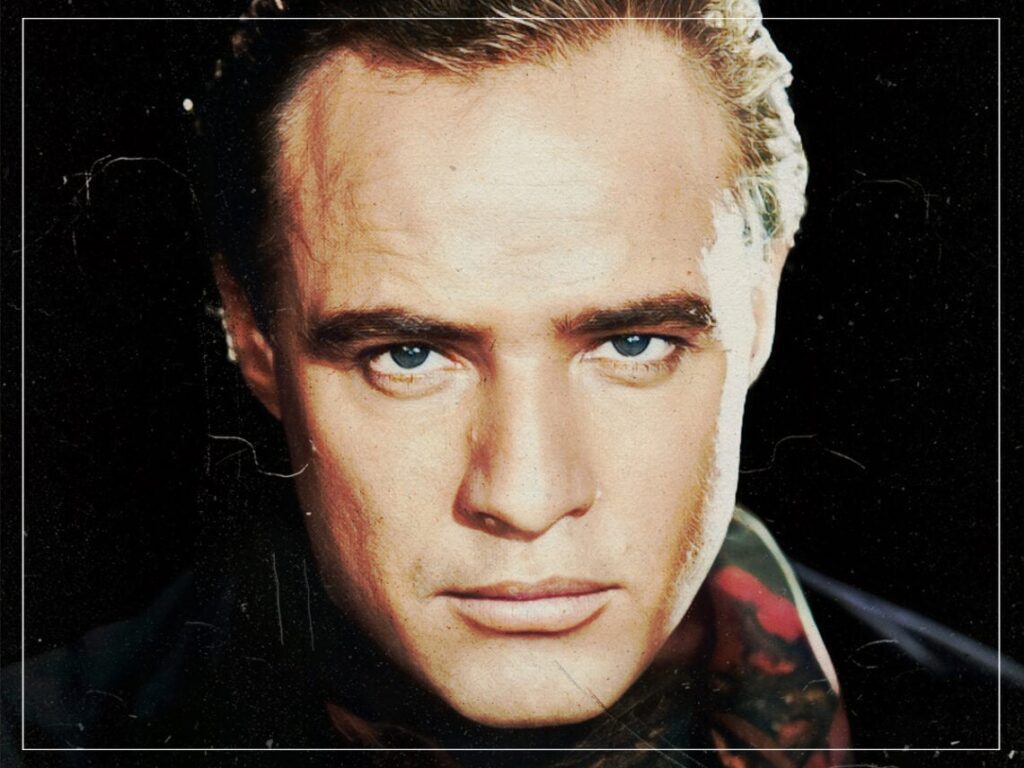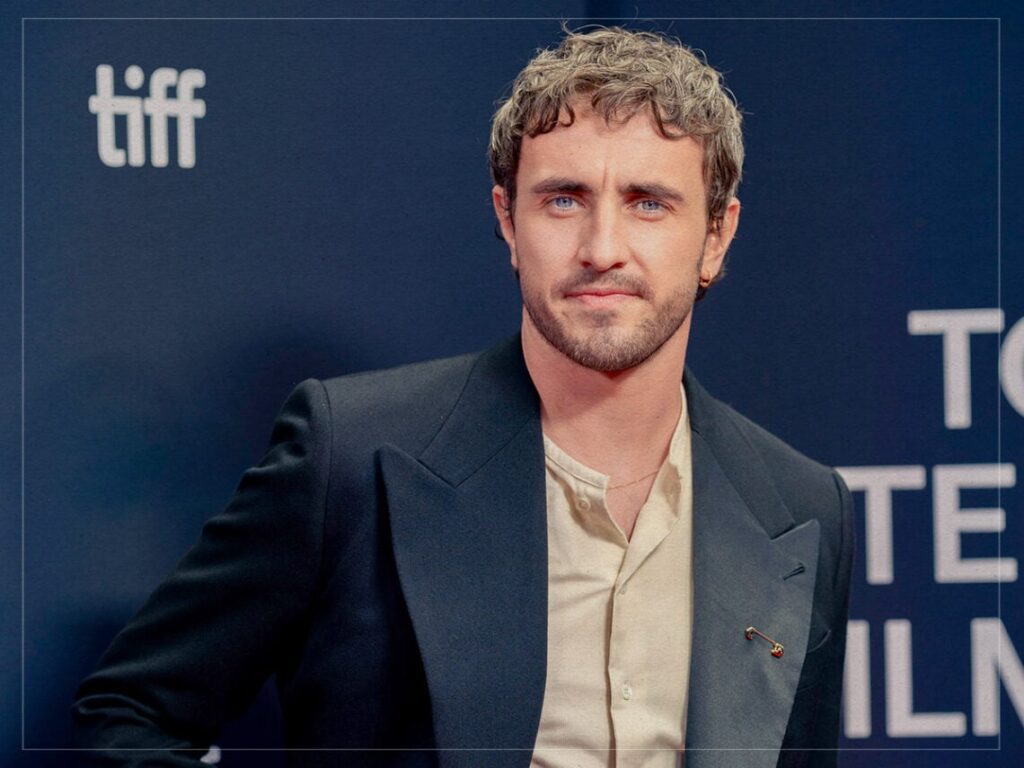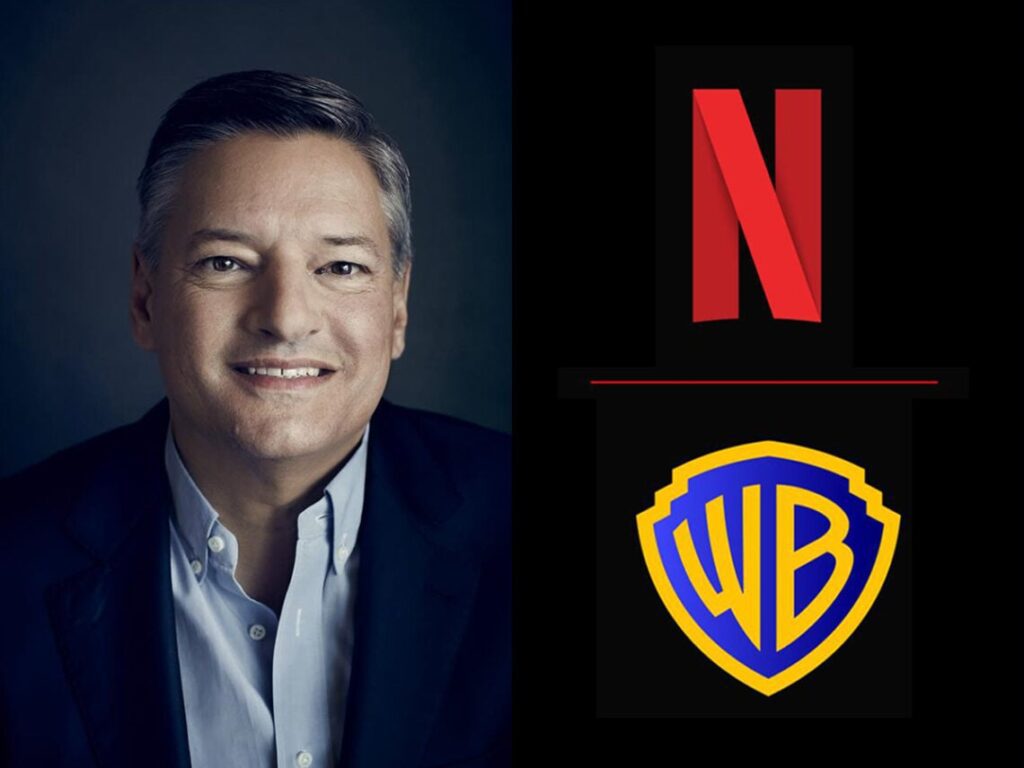Which boxer inspired Marlon Brando’s first major film role?
 Posted On
Posted On
(Credits: Far Out / Paramount Pictures)
Marlon Brando might be regarded as one of the big screen’s greatest acting icons, but he didn’t start out as a screen actor. He learnt his trade on the stages of New York and Long Island, basing himself on the Stanislavski system of acting he picked at the New School and the Actors Studio.
He eventually made it to Broadway, where he took on the role of Stanley Kowalski in director Elia Kazan’s premiere of the newly-published Tennessee Williams play A Streetcar Named Desire. Brando had been recommended for the role by one of his previous co-stars, Tallulah Bankhead, who backhandedly suggested he’d be an ideal fit for the Kowalski part because he was “a total pig of a man without sensitivity or grace of any kind”.
In retrospect, Brando was bothered by appearing this way on stage and screen and poured scorn on the role. In particular, the glorification of Kowalski’s machismo by audiences and critics alike. But watching his performance, there can be no doubt that Bankhead was onto something in putting his name forward.
Still, he was a relative novice and had been given the lead role in one of Broadway’s biggest new shows at the tender age of 23. Brando was ready, though, and took his schooling in the Stanislavski system to heart. He decided to model his rendering of Kowalski’s character on a real-life ruffian with a brutish sensibility.
“That’s me!”
Having heard that middleweight world boxing champion Rocky Graziano trained at the Stillman’s gym in Midtown Manhattan, Brando began showing up to train with the boxer. Graziano wrote of Brando’s abilities in his autobiography Somebody Up There Likes Me, “He looked like he might have been a fair fighter once, but he was in bad condition for the ring now and his punch looked slow.” Nevertheless, he decided to take the young trainee under his wing. “I felt sorry for the kid.”
Brando would show a religious devotion to Graziano’s training sessions, even bringing a notepad to take down pointers. As it turned out, much of what he wrote down was a study on Graziano himself rather than his boxing technique.
One day, the young actor took Graziano for a walk after training and pointed to his own name on the front of the Ethel Barrymore Theatre on Broadway. “That’s me,” he told the boxer, thanked him, and invited Graziano and his wife to a performance of Streetcar.
When Graziano saw Brando on stage, he had the shock of his life. “The son of a bitch is talking like me and walking like me and punching like me!” he recalled thinking. “How you like that? I got conned into learning this bum his part.”
A Streetcar Named Desire received unprecedented acclaim, in particular for Brando’s portrayal of Kowalski, and ran for two years on Broadway. It was subsequently transferred to the big screen by Kazan, with Brando reprising his role and appearing in a major motion picture for the first time.
Graziano, meanwhile, went on to have his autobiography made into a film starring Paul Newman. It seems somebody up there did like him. And liked Brando, too, given the movie career he went on to have.
[embedded content]


